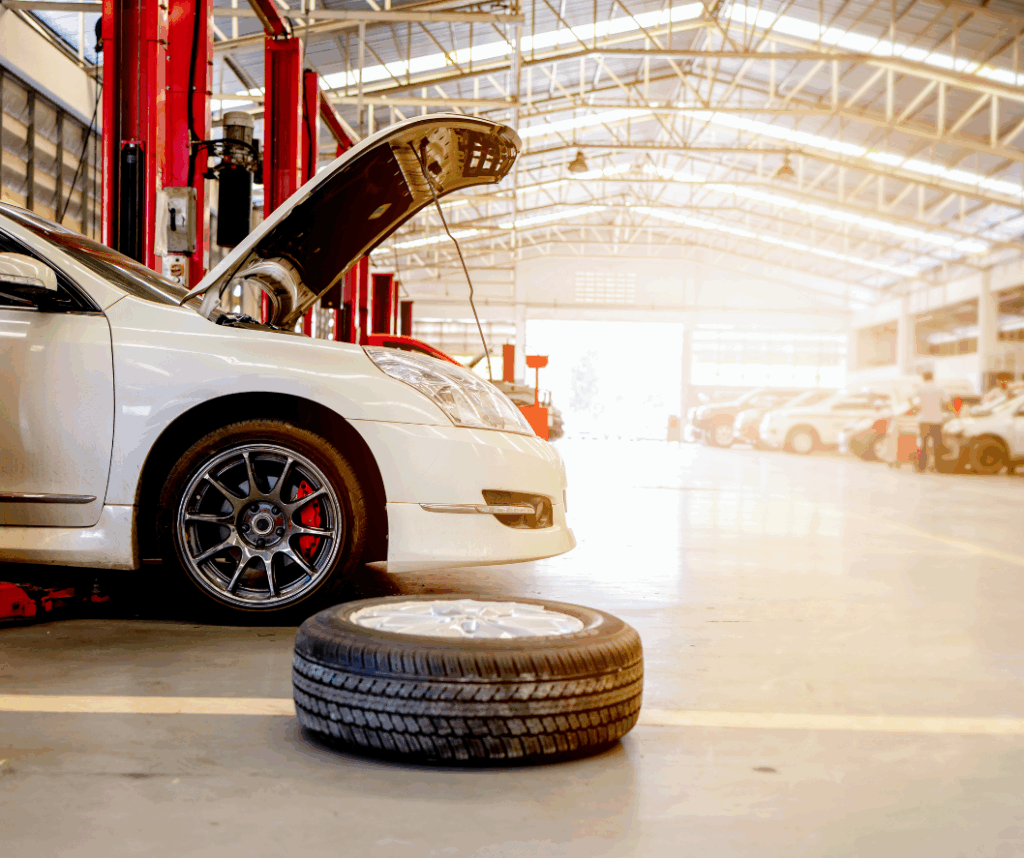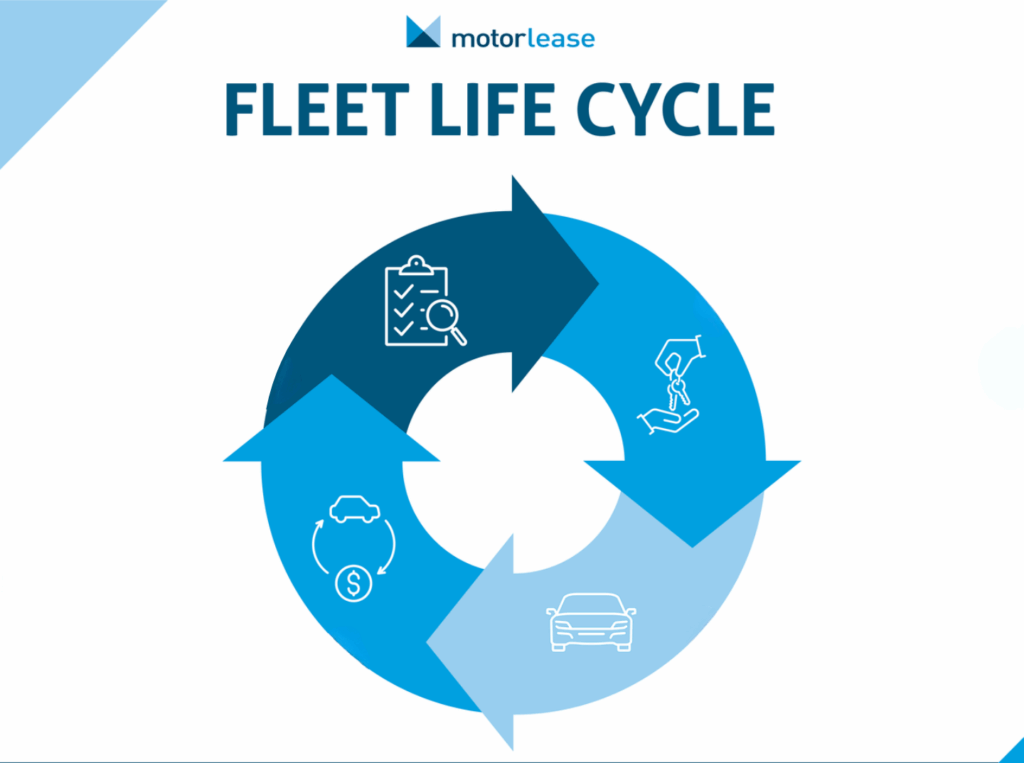In a previous article, we discussed several tips to keep drivers safe during the fall season. With the leaves beginning to fall, and the days getting shorter, now is a good time to revisit the subject and provide you with five additional expert tips for a safe autumn out on the road.
In This Article
Adjust Your Eyes
Tend to Your Tires
Beware of Fog and Frost
Check Your Headlights
Beware of the Clocks “Falling Back”
Adjust Your Eyes
“Adjust your eyes. We lose 1 to 2 minutes of daylight daily after the autumnal equinox according to the National Weather Service. After leaving home or the office and before hitting the gas petal, give your eyes time to adjust to the dark, advises the Minnesota Safety Council. It takes them between 2 and 5 minutes to start adjusting.” (via Muriel Vega of Safety Bee)
Tend to Your Tires
“If your tires have sufficient tread, they perform better on rainy surfaces, and they stop faster and steer better on dry ones. Also, proper tire pressure helps keep you rolling smoothly and safely. When the weather cools as fall heads toward winter, tires typically lose pressure and can cause your car to handle poorly. If the tires are extremely low, that can contribute to a blowout. Correct pressure will be noted on a decal pasted on the driver’s side door jamb or the door itself. The pressure that’s noted on the tire itself is the maximum for that tire, and that could be wrong for your car.” (via James Healy of AARP Auto)
Beware of Fog and Frost
“The extra humidity combined with the changing temperature also creates perfect conditions for lots of fog. Fog reduces visibility all around, but especially creates problems at night. Depending on where you live, fall might also bring a bit of morning frost. This makes surfaces slippery and clings to your windshield, which can endanger visibility if you don’t let your car warm up before hitting the road.” (via Blaire Lampe of NAPA Auto Parts)
Check Your Headlights
“Lower light, the presence of school children in crosswalks, and more critters crossing the roads are all good reasons to make sure your headlights are performing their best. Replace the bulbs if your lights are looking dim, or if you’ve never changed them and have had your car for several years. If foggy headlight covers are causing your lights to lack their proper shine, you can polish them yourself with a fairly affordable kit found at most big box and automotive stores.” (via Meghan Carbary of Auto Credit Express)
Beware of the Clocks “Falling Back”
“Our bodies’ internal clocks tell us to sleep when it’s dark and wake when it’s light. But with the clocks moving back an hour, sunset also comes earlier than before. Couple that with the ever-increasing shorter days as our side of the hemisphere moves further away from the sun and we get long, dark nights ahead.
Since darkness signals a natural inclination for sleep, it stands to reason that early nightfall makes us more prone to drowsy driving — especially as we adjust to evening commutes during the first week of the time change.
Fortunately, safely navigating the long nights ahead is easy. Here are a few simple tips.
- Prep your car for nighttime driving – Check and clean your headlights, taillights, brake lights, and signal lights.
- Know when to use your low beams and high beams – Use your low beams when you need to see about 250 feet in front of you and high beams when your visibility range is 350 to 500 feet.
- Watch out for animals on the road – Deer and other animals are most active at night, particularly from 6 p.m. to 11 p.m.
- Get rest – If you drive a lot on a regular basis, avoid the temptation to stay up extra late this Saturday night — even if you do get that bonus hour. (via Anne Le Tran of Esurance)












